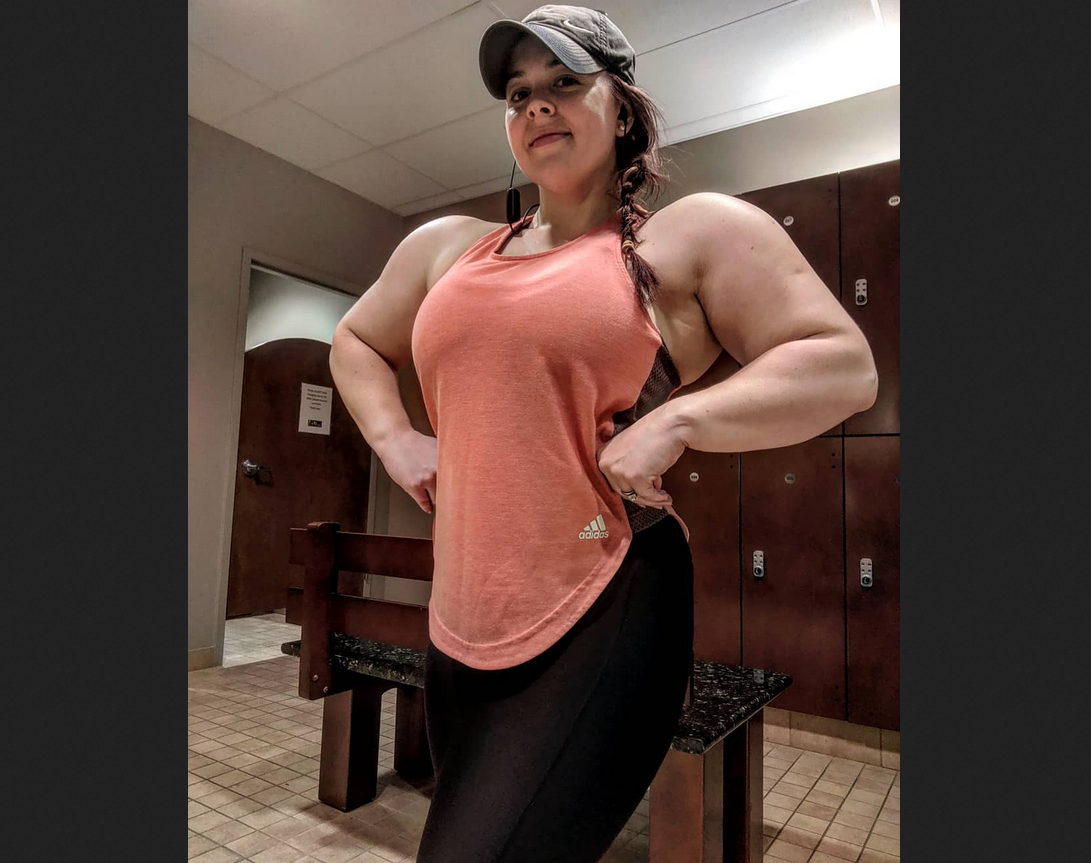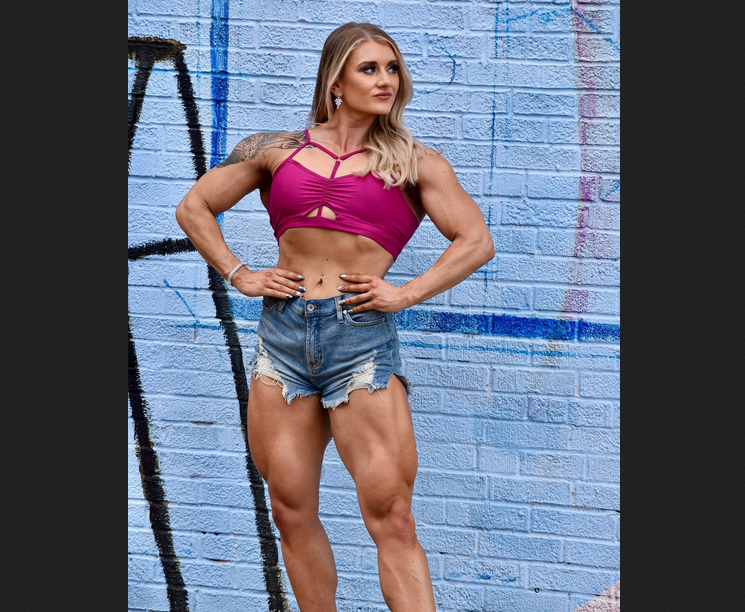👉 Understanding Exercise-Induced Muscle Soreness (Part 1)
👉 Understanding Exercise-Induced Muscle Soreness (Part 2)
Understanding Exercise-Induced Muscle Soreness (Part 3) :
The process can be compared to sunbathing. If you stay in the sun too
long, your skin will burn. Shortly thereafter, the burn is accompanied
by localized tissue swelling that is sensitive to pain. The burn heals
over time and the skin becomes more resistant to the rays of the sun.
Thereafter, repeated sun exposure results in a tan rather than a burn.
While the specific adaptations in tanning are quite different than in
training, the basic concept is the same: adaptation breeds resistance.
Interestingly,
DOMS is somewhat gender-specific: Given the same exercise protocols,
women experience less muscular soreness than their male counterparts .
The reason appears to be hormonally related. Estrogen, the primary
female sex hormone, has antioxidant properties. It rapidly responds to
muscle damage, expediting the healing of the injured tissue. Moreover,
by promoting stability of the muscle membrane, it helps to maintain the
integrity of the cell and thereby reduce inflammation.
In final analysis, it's imprudent to use muscular soreness as a gauge of workout success. Although much still needs to be learned about the complexities of DOMS, the overwhelming evidence says that it has little to do with muscular development. Rest assured, you can make terrific progress without getting sore.





























No comments:
Post a Comment